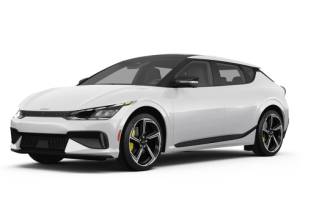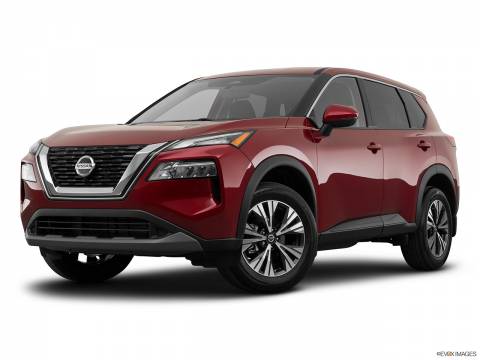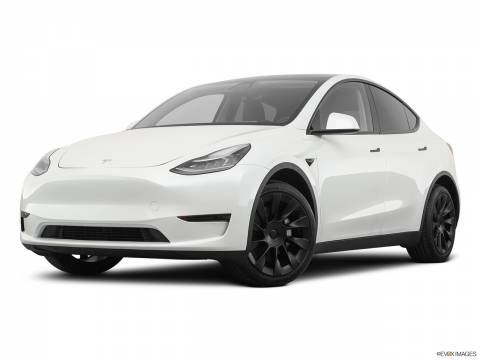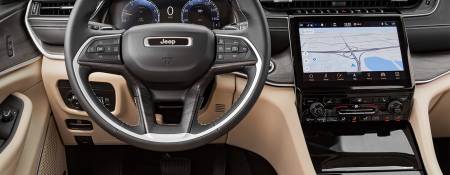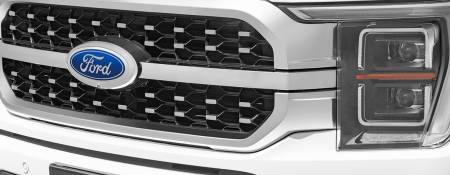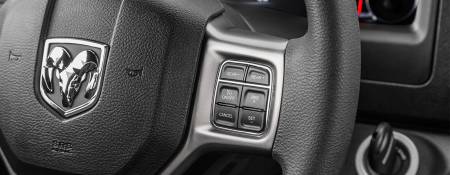A Remote Car Starter may sound a little weird if you haven't heard about it before or you are new to Canada. Well, if you park outside, either on the street or in a driveway, I strongly suggest you get one as soon as you can. It will definitely change the way you experience the commute if you need to use your car every day.
Canadian Winter is Hard
And I don't mean every day. I love snow, skiing, driving, and skating, but like everyone, I hate freezing. But the fact that it is cold out there doesn't mean you should experience the "freezing feeling." All the opposite. Either if it is 10, -5 or -30 degrees, you should balance your clothing and your environment to feel comfortable no matter what the situation is.
And I make all this introduction because of a very simple reason: we all have heating at home, and if you have a car, chances are 99% you turn on the heating during cold conditions. The same way you balance the temperature at home, work, school, public transportation, you do it on your vehicle.
Takes Time, Usually 5 - 10 Minutes
When you drive to work, for example, you dress differently than if you were walking a long distance, and this is perfectly normal. You may not even wear gloves, a scarf or a heavy-duty coat as you know you'll be only exposed to the cold for a couple of minutes.
But the problem comes up when you jump into your cold car and because of 2 main reasons:
- Your car cabin is crazy cold: As this stay out during the whole night, the temperature inside of the car is almost the same as on the outside.
- The Engine Block is crazy cold too: As the engine block is the key piece of the car heating, it needs to be hot enough to heat the air that goes through the vents. Otherwise, you will get a steady cold wind flow from the outside for the first few minutes.
To avoid this issue is that you get a Remote Starter: you turn on your car before and avoid the hassle of the first minutes that "someone" has to sacrifice for before the kids and everyone else jumps into the car.
Don't Ever Start It on Closed Places
If you park on a Garage or an interior parking, be careful with the remote starter. In fact, you should never use it due to the danger of Carbon Monoxide poisoning. If you park in a garage without heating and it goes too cold, find other alternatives such as a Block Heater.
If you park on a Snow Shelter, also consider parking it facing the closed end and keeping the escape out of the structure itself. This is very arbitrary and you should carefully be aware of the directions provided by the shelter manufacturer, the installation and the actual air flow. For this situations, I strongly suggest you install a battery-powered Carbon Monoxide Detector inside as same as you should inside of your garage.
Also, take into account that fuel consumption and air pollution are the same as when you are driving/idle when your car is remotely started. Don't abuse it.
Tips for Getting the Most of Your Remote Starter
Now, the fact that you have a Remote Starter and you can turn it on anytime, doesn't specifically means that you will get the most of it by default. You need to create a few habits to actually make it all work. Following, a few tips that work pretty well for me:
- Turn it on at least 10 minutes before jumping into the car: The colder it is, the longer it will take to the engine to reach the average 90 degrees of performance that will actually provide an effective hot air flow. Still, as soon as the engine goes above 0, the cabin will start to heat.
- The night before, leave the heating to the max and so with the Fan Speed: Because it won't make much sense to jump into a car with the same temperature, although it doesn't mean that the engine block won't be hot enough for heating the cabin as soon as you switch it to "Hot", still will not prepare the cabin conditions.
- When you turn off your car, get off or keep it on: Chances are you have experienced to have to clean up a thin layer of ice on the inside of the windshield. This happens because of the excess of humidity on the cabin that doesn't go out as soon as we turn off the car the night before. If you spend only 5 minutes inside of your car after turning it off, you will notice, and more specifically during winter, how the interior of the windows and windshields start to condensate the humidity human breath creates. The more time you spend inside of your off vehicle, the worst will be in the next morning.
- Direct the Air Flow to the Windshield (the FRONT key): This will be useful if there is snow or freezing rain expected during the night. If your car has an automatic rain detector, it is normal to go crazy with the windshield wipers as soon as you turn it on with the keys. This damages the wipers a lot, so it is way better if the ice/snow on the windshield is soft enough to drop when these move.
- Ensure to set the AirFlow to come from the Outside: When you recirculate the Air Flow from the inside, the air doesn't come from the engine and, the humidity on the inside remains almost the same. It may sound weird, but this physic process works only with the A/C as the principle of recirculating cold Air through the condenser is to make it colder, but the heating works through a completely separated system.
If you are still a little unsure if you need one or not, wait for the following winter and do this test: on a freezing day ask someone else to start the car, go 10 minutes later and tell him/her it "It's not cold today!".






